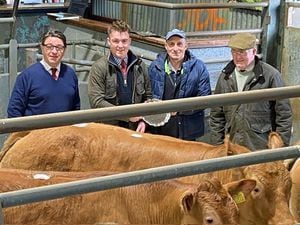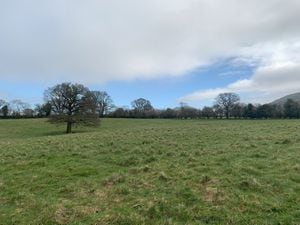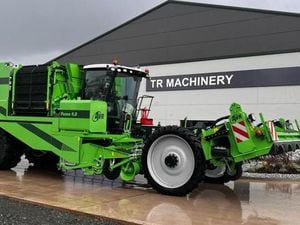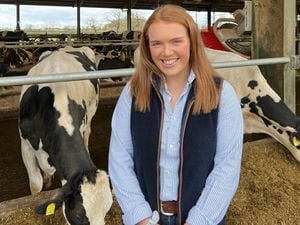Maximise the use of dry silages this winter
This year, farmers have experienced both droughts and floods in the same summer.

Analysis from the NWF Agriculture laboratory data shows that this year’s grass silage averages are typically drier, which will be positive when it comes to utilising that quality. However it may add some challenges with ration sorting and selection.
Early averages are looking positive and surprisingly consistent between cuts, apart from the usual fibre and energy variations. The importance of dry matter is often understated. It dictates clamp stability, palatability, and intake characteristics. While we love to see a high D-value and ME, cows must be able to keep the silage in the rumen long enough for it to be digested.
Rumen health characteristics are generally positive through the cuts. Sugar levels are not overly high and with relatively average lactic acid and rapidly fermentable carbohydrates, average acid loads of 47.6, 46 and 44.8, suggest that diets can be pushed if needed.
Higher dry matter silages often lead to higher pH, which in many cases is acceptable. However, keep a close eye on clamp stability and heating at the face or through feed-out. The total mixed ration can be treated to tackle heating but don’t delay. Heat is using valuable energy and creates spoilage.
Rob Fuller, NWF Agriculture





